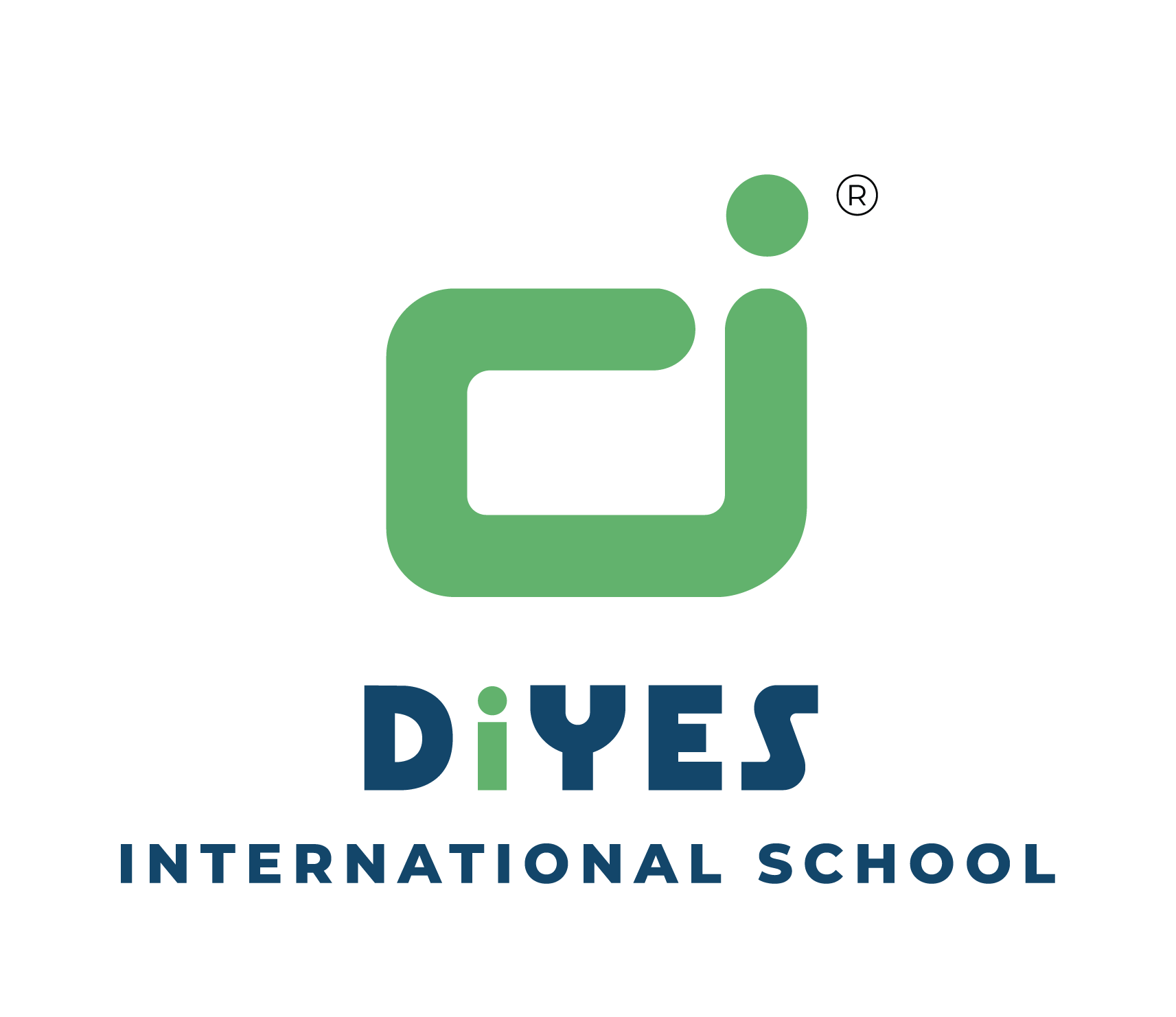In the modern, fast-paced society, technology has become an inseparable element of our daily routines, bringing about significant transformations in how we engage, work, and educate ourselves. In the realm of education, integrating technology into teaching has revolutionized traditional classroom practices and opened up a world of opportunities for both educators and students. By leveraging educational technology effectively, teachers can create dynamic, interactive, and personalized learning experiences that prepare students for the challenges and opportunities of the 21st Century. In this blog, we will explore the uses, effects, benefits, best practices, and practical tips to seamlessly integrate technology into teaching and unlock the full potential of education.
Technology Integration in Education
In the 21st Century, technology integration in education has emerged as a game-changer, revolutionizing the way students learn and teachers instruct. The integration of technology in education refers to the purposeful incorporation of digital tools and resources to enhance the teaching and learning experience. From interactive whiteboards and educational apps to learning management systems (LMS) and virtual reality (VR) simulations, technology offers a wide array of tools that cater to diverse learning needs.
Uses of Technology in Education
The uses of technology in education are manifold, empowering educators to create dynamic and engaging learning environments. Interactive whiteboards and displays, for example, transform traditional lectures into interactive sessions where students can actively participate, solve problems, and collaborate with peers. Educational apps and software provide personalized learning opportunities, adapting content to students’ individual progress and learning styles. These apps can cover a wide range of subjects, from mathematics and science to language arts and foreign languages, ensuring comprehensive and immersive learning experiences.
The Effect of Technology on Education
The effect of technology on education has been transformative, reshaping the education landscape and offering numerous benefits to students, teachers, and educational institutions. One of the most significant effects is the enhancement of student engagement. By incorporating gamified elements and interactive content, technology captivates students’ attention and motivates them to delve deeper into the subject matter. Moreover, technology integration fosters collaboration and communication among students, enabling them to work together on projects, share ideas, and learn from one another, regardless of their physical location.
The Benefits or Results of Using Technology in Education

The integration of technology in education brings forth a wide array of benefits and results, transforming the learning experience for students and educators alike.
- Collaboration: Technology enables seamless collaboration among students, fostering teamwork and collective problem-solving skills that are essential for preparing them to thrive in a collaborative work environment.
- Active learning: Interactive digital tools and platforms encourage active participation, promoting deeper understanding and retention of concepts, leading to increased student motivation and academic performance.
- Social learning: Technology facilitates social interactions and knowledge sharing among students, creating a dynamic and engaging learning environment that nurtures social skills and empathy.
- Content engagement: Multimedia resources, such as videos, simulations, and interactive content, enhance engagement and cater to different learning styles, making the learning experience more personalized and effective.
- Project-based learning: Technology supports project-based learning approaches, allowing students to apply knowledge practically and develop critical thinking skills, preparing them for real-world challenges.
- Global exposure: Through online resources and virtual communication, technology offers students the chance to explore diverse perspectives and cultures globally, fostering global awareness and appreciation for diversity.
- No boundaries: Technology transcends geographical limitations, enabling access to education for students in remote or underserved areas and empowering them to pursue their academic aspirations.
- Cost saving: Digital learning materials can reduce the cost of traditional textbooks and resources, making education more affordable for students and easing the financial burden on families.
- Self-direction: Technology empowers students to take charge of their learning pace and style, fostering autonomy and self-directed learning and cultivating independent and lifelong learners.
- Communication: Digital platforms facilitate effective communication between teachers, students, and parents, improving feedback loops and academic support and strengthening the home-school partnership.
- Value diversity: Technology allows educators to tailor lessons to meet individual needs, promoting inclusivity and supporting diverse learning abilities, ensuring that no student is left behind.
- Accessibility: Adaptive technology ensures that education is accessible to learners with disabilities, promoting an inclusive and equitable learning environment and breaking down barriers to education for all.
Preparing for Technology Integration
- Identifying Learning Objectives: Clearly define the learning outcomes you wish to achieve through technology integration, aligning them with curricular standards. This ensures that technology is used purposefully to enhance learning and support specific educational goals.
- Assessing Technology Readiness: Evaluate the school’s infrastructure, including internet connectivity and device availability, to ensure a smooth technology integration process. Address any technological gaps or limitations to provide equal opportunities for all students.
- Professional Development: Invest in teacher training and workshops to equip educators with the necessary digital literacy and proficiency to confidently use technology in the classroom. Professional development programs should focus on best practices, innovative strategies, and effective technology integration.
Selecting the Right Educational Technology Tools
- Interactive Whiteboards and Displays: Utilize interactive displays to engage students, encourage collaboration, and facilitate multimedia-rich presentations. Interactive whiteboards allow for dynamic and interactive lessons, fostering active participation and knowledge retention.
- Educational Apps and Software: Explore subject-specific apps and educational software to reinforce learning, conduct formative assessments, and gamify the learning experience. Educational apps cater to various learning styles and make complex concepts more accessible and enjoyable.
- Learning Management Systems (LMS): Implement an LMS to streamline course content delivery, assignment submission, and communication between teachers and students. An LMS centralizes resources and enables seamless tracking of student progress.
- Digital Content and Open Educational Resources (OER): Access a plethora of digital textbooks, videos, and OER to supplement classroom instruction and enrich learning. OER provides a cost-effective and diverse array of learning materials for teachers and students.
Innovative Strategies for Technology Integration
- Flipped Classroom Approach: Reverse the traditional learning model by having students review digital content before class, allowing for more interactive and hands-on activities during class time. The flipped classroom maximizes in-person engagement and encourages students to take ownership of their learning.
- Virtual Reality (VR) and Augmented Reality (AR) in Education: Use VR and AR technologies to create immersive learning experiences, such as virtual field trips and simulations. VR and AR enhance experiential learning by making abstract concepts tangible and memorable.
- Real-Time Assessments and Quizzes: Leverage digital assessment tools to provide immediate feedback, track student progress, and tailor instruction accordingly. Real-time assessments allow teachers to address learning gaps promptly and adjust their teaching strategies.
- Gamification and Educational Games: Gamify learning by incorporating educational games that motivate students, foster competition, and reinforce learning objectives. Gamification promotes intrinsic motivation and a growth mindset among students.
Overcoming Challenges in Technology Integration
- Digital Equity: Address issues of access and equity, ensuring all students have equal opportunities to benefit from technology integration. Collaborate with community partners and seek funding to bridge the digital divide.
- Digital Citizenship: Teach students responsible technology use, including online safety, ethical behavior, and cyberbullying prevention. Digital citizenship lessons foster digital literacy and responsible digital citizenship.
- Data Privacy and Security: Safeguard student data and ensure compliance with privacy regulations when using educational technology platforms. Work closely with IT professionals to implement robust security measures.
Conclusion
In conclusion, the integration of technology into education has become an imperative for schools in today’s digital world. Embracing educational technology effectively enables educators to create dynamic and student-centred learning experiences, fostering engagement, collaboration, and personalized learning. As we look to the future, the innovative use of digital tools and strategies will be pivotal in preparing students to thrive in the ever-changing landscape of the 21st Century. By leveraging the potential of educational technology, schools can equip students with the essential skills and knowledge they need to succeed in a fast-paced and interconnected world. As educators and institutions embrace the transformative power of technology, they empower students to become lifelong learners and agile problem solvers, ready to tackle the challenges and opportunities of tomorrow. Together, by embracing technology in education, we can ensure that the next generation is well-prepared and equipped to make a positive impact on the global stage.
DiYES International School stands as a shining example of harnessing the power of educational technology. DiYES International School excels in harnessing the power of various educational technology platforms. Through the seamless adoption of innovative digital tools and strategies, such as laptops, interactive learning apps, and virtual reality experiences, DiYES International School creates a dynamic and student-centred learning environment.



This integration fosters engagement, collaboration, and personalized learning experiences, empowering students to excel academically and develop essential skills for the fast-paced and interconnected world of the 21st Century.
If you’re curious to learn more about DiYES International School, feel free to explore and discover additional information about the school’s offerings and unique features, Visit our website:www.diyesinternational.edu.in or Call us on Ph: +91 8547609000


